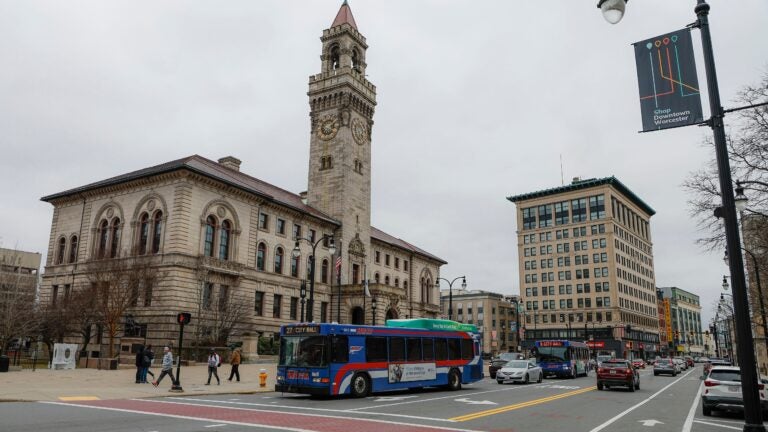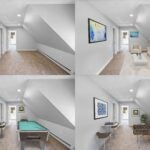The watery vision of Ansel Adams

The Tetons and the Snake River, Grand Teton National Park, Wyoming, 1942, Photograph by Ansel Adams, ©The Ansel Adams Publishing Rights Trust
Admired for their stark display of nature and intense black-and-white contrast, Ansel Adams’s photographs put the beauty of the American West, Hawaii, and Yosemite and Yellowstone national parks front and center. But when the icon of American nature photography became a consultant for Polaroid in 1949, it not only meant that he could experiment with just about every camera, lens, and film in the company’s repertoire, but that he could explore the New England coast, especially Cape Cod and the North Shore, when he came to Polaroid headquarters in Cambridge, Massachusetts. As his second most photographed coastal area next to his home state of California, New England is a noteworthy component of the photographer’s career-long evaluation of water (think past oceans, lakes, and rivers, to snow-covered mountains and even clouds ready to burst with rain). More than 100 examples of work is on display in Ansel Adams: At the Water’s Edge, an exhibit that opens Saturday June 9 at the Peabody Essex Museum in downtown Salem, Massachusetts.

Fern Spring, Dusk, Yosemite Valley, about 1961, Photograph by Ansel Adams, ©The Ansel Adams Publishing Rights Trust
When the norm was to make a photograph look like either a drawing or a painting, Adams embraced the mechanical quality of the camera and lens, taking advantage of what the human eye often can’t see to make his arresting photographs. This exhibit demonstrates that compelling, sometimes eerie look at nature in pictures that show how he “froze” water bursting from a geyser or slowed it in a stream, capturing its soft progression through time as it cascades freely over rocks. Adams developed his classic method of photographing in the 1930s. It involved narrowing a lens’s aperture to its smallest opening to allow for the greatest focus over a maximum depth of field, making his signature sharpness consistent throughout the entire frame — a very modern approach to making art back then.

Stream, Sea, Clouds, Rodeo Lagoon, Marin County, California, 1962, Photograph by Ansel Adams, ©The Ansel Adams Publishing Rights Trust
Our favorite piece in the show is comprised of three 12-foot tall prints — a bird’s-eye view of a shallow, wide river flanked by two other river shots. Adams made the composition by pinning sheets of paper on the wall across the room from his film enlarger, which he worked horizontally in perfect registration to project one third of each frame on each sheet. Instead of developing them normally (i.e., flat) in the dark room, because of the papers’ large size, he rolled them up and progressed them through the chemicals as they unfurled. They were then joined seamlessly on backing board to make the entire print. The result is so arresting the viewer is left in awe of monumentality. (We wonder, what would he have thought of Instagram?)
PEM’s curator of photography, Phillip Prodger reveals that getting the colossal prints out of their home (an oil company’s offices in Texas) for this exhibit required art handlers joining with elevator mechanics to carefully transport them down several stories on the roof of the elevator car since they couldn’t fit inside. The car then had to stop one floor below the drop off point so that the prints were on level with the exit. We are glad they took the trouble.







Conversation
This discussion has ended. Please join elsewhere on Boston.com